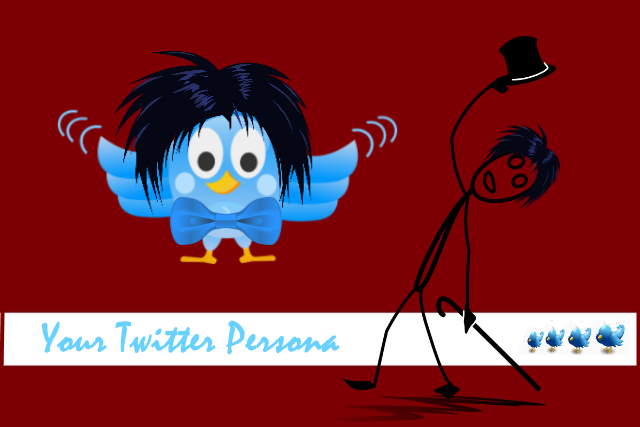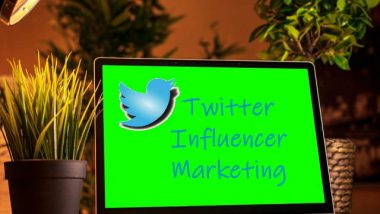We usually think of a “persona” in marketing as a sort of avatar, a fictional character that has all the characteristics of our “ideal” customer. And this is to whom we market. But a Twitter persona is a bit different. Your Twitter persona is YOU.
“From a traditional marketing standpoint, advertising and design are created to tell a story. On Twitter your tweets creates your persona or how your followers perceive of you. Your story is the lifeblood of your brand. Your story is how you go about your daily routine and help the people involved in your brand.” – from Twitter Marketing for Dummies

Let’s be clear here. To become successful on Twitter, you cannot just rely on content. I know that’s kind of a shock to a lot of people. After all, the old saying, “Content is king” shows no signs of ceasing to be true. Think about it, when people read content, you actually influence their mind, you condition what they’re thinking, you have a role to play in determining what they think is important and what can be safely disregarded.
Once you get somebody’s attention, you get a chance to influence that person. You probably don’t need me to remind you of this basic fact about the human condition. The problem is, most people who try to market on Twitter are completely blind to this. They think that this is just some mild psychological detail to remember from time to time, but does not weigh in much as far as their specific Twitter marketing efforts go.
Too bad. Why? This is actually the cornerstone of highly effective Twitter marketing. You have to sell your persona. You have to sell people on the fantasy. What is the fantasy? That you really know your stuff. I’m not putting you down, I’m not saying you don’t really know your stuff, I’m just saying it like it is. If you want to be truly honest with yourself, there are probably bigger and more credible experts out there. You know it. They know it.
The problem is, if you do not market on Twitter using the right persona, your inadequacies are all too apparent. People can see through you. People can spot you a mile away and guess what? They’re not going to trust you. They couldn’t care less. This is why you need to build a persona. Your persona establishes credibility. It projects your authority, so people are more likely to give you the benefit of the doubt.
How do you do this? Well, there are three things you can do.
Brand Consistency
First, you must have graphical brand consistency. In other words, if people want to check your brand on YouTube, the look and feel of your brand should be similar enough to the impression they get on Twitter. When they run into you on Pinterest or Instagram, everything should fit together. The great thing about this is, the more they interact with your brand, the more credible you become. The more they run into your graphics, the more they’re reminded of what kind of value you bring to the table.
“Interlocking” Posting
Second, interlocking content feeds. This is just a fancy way of saying that when you post on YouTube, you should also promote stuff that you do on Twitter and vice versa. When you promote on Pinterest, you should talk about the stuff that you do on Twitter, Facebook and everywhere else. In other words, regardless of where people find you in the vast chaotic world of social media, you remain consistent with your image. Your image becomes a place they can return to. What place is this? Your brand.
Platform-Specific Content
I wish I could tell you that you just recycle the same stuff all over the place. It would be so easy. It would make life so much simpler. Unfortunately, that is a one-way ticket to failure. You have to understand that when people look for your brand on YouTube, they are looking for YouTube-specific content. They’re not looking for your tweets. They’re not looking for some weak slideshow of the text that you post on Quora. They’re looking for video. In other words, they’re looking for content that is specifically tailored to the social media platform you’re on.
So, how does this work? If you’re on a platform that is big on pictures, you must have picture content. If you’re on a platform that is primarily video, then you show video content. Now, keep in mind that that this is not just converted or transformed content. This must be specifically created content for that platform.
This might seem expensive, but it doesn’t have to be. There are all sorts of tools you can use from all over the internet where you can turn articles into whiteboard videos and all sorts of stuff. The key here is to think big. You should develop many different trickles of traffic from many different social media platforms. You may be thinking that these are small trickles of traffic that may not amount to much. Well, you might want to think again.
Small streams of traffic, when added together turn into mighty rivers of traffic. These rivers of traffic, when properly managed, can turn into a nice substantial stream of cold hard cash.

